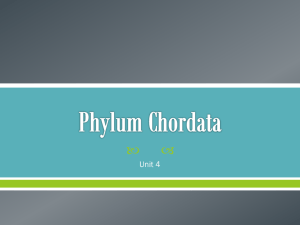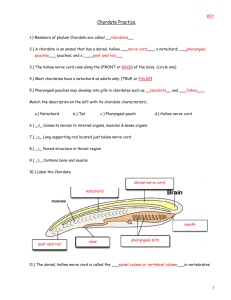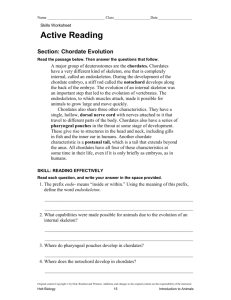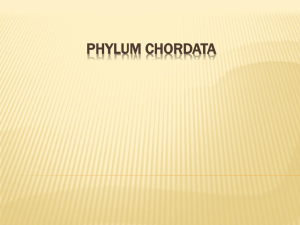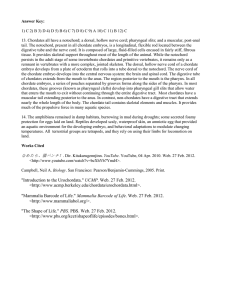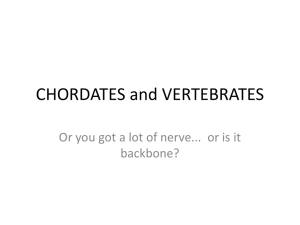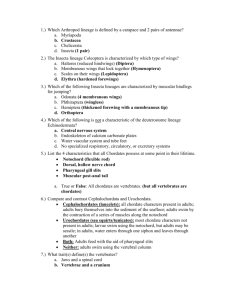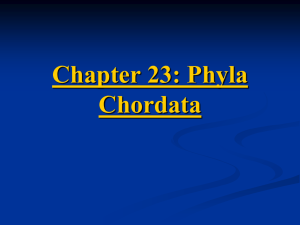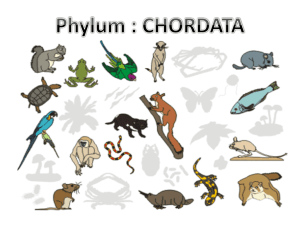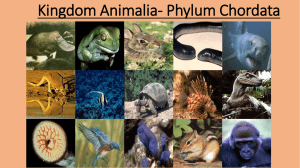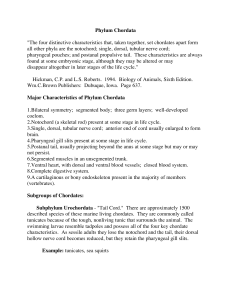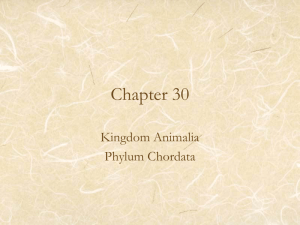1-12-16 to 1-22
advertisement
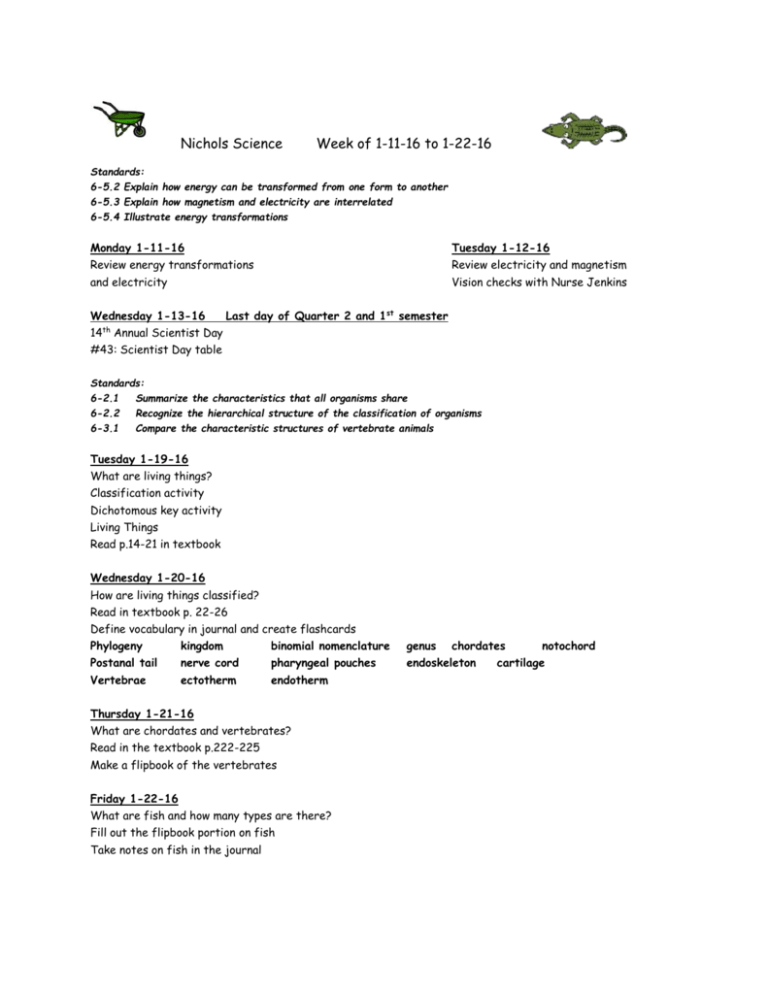
Nichols Science Week of 1-11-16 to 1-22-16 Standards: 6-5.2 Explain how energy can be transformed from one form to another 6-5.3 Explain how magnetism and electricity are interrelated 6-5.4 Illustrate energy transformations Monday 1-11-16 Tuesday 1-12-16 Review energy transformations Review electricity and magnetism and electricity Vision checks with Nurse Jenkins Wednesday 1-13-16 Last day of Quarter 2 and 1st semester 14th Annual Scientist Day #43: Scientist Day table Standards: 6-2.1 Summarize the characteristics that all organisms share 6-2.2 Recognize the hierarchical structure of the classification of organisms 6-3.1 Compare the characteristic structures of vertebrate animals Tuesday 1-19-16 What are living things? Classification activity Dichotomous key activity Living Things Read p.14-21 in textbook Wednesday 1-20-16 How are living things classified? Read in textbook p. 22-26 Define vocabulary in journal and create flashcards Phylogeny Postanal tail kingdom nerve cord binomial nomenclature pharyngeal pouches Vertebrae ectotherm endotherm Thursday 1-21-16 What are chordates and vertebrates? Read in the textbook p.222-225 Make a flipbook of the vertebrates Friday 1-22-16 What are fish and how many types are there? Fill out the flipbook portion on fish Take notes on fish in the journal genus chordates notochord endoskeleton cartilage Classification: Kingdom King Phylum Phillip Class Order Came Over Family For Genus Species Great Spaghetti Phylogeny-evolutionary history and how an organism has changed over time Kingdom- the 1st and largest category of living things Binomial nomenclature- a two word naming system created by Linnaeus (Latingenus, species) Genus- 1st word of the two-word scientific name used to identify a group of similar species Homeostasis- an organism’s ability to keep proper conditions Endotherm- warm blooded Ectotherm- cold blooded Vertebrae- animal’s backbone Cartilage- tough, flexible tissue that joins vertebrae and makes up all or part of the endoskeleton Pharyngeal pouches- paired openings found in the area between mouth and digestive tube Postanal tail- muscular structure at the end of a developing chordate Nerve cord- tubelike structure above the notochord that develops into the brain and spinal cord Chordates- animal with a notochord, nerve cord, pharyngeal pouches and a postanal tail Endoskeleton- supportive framework of bone and cartilage
